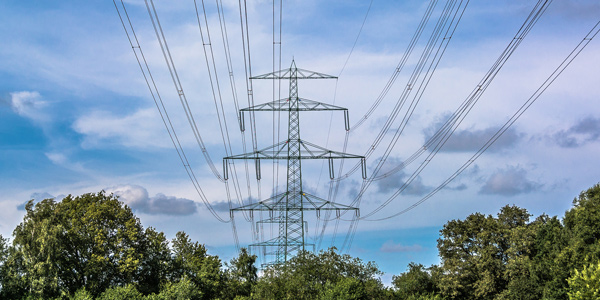By Robert Mullin
Pacific Gas and Electric’s second-quarter profits fell sharply because of a series of one-time costs — most related to the company’s natural gas business.
Still, the company sees bright prospects for its electricity business as California moves to aggressively reduce greenhouse gas emissions and increase reliance on renewable generation.
The company reported net income of $206 million, down from $402 million a year earlier. Earnings per share fell from 83 cents to 42 cents. Adjusted earnings came in at 66 cents, far short of the average analyst estimate of 93 cents.
The one-time items included penalty costs stemming from the San Bruno pipeline explosion in September 2010. The company’s federal criminal trial for the incident went to a jury last week.
“We continue to believe that no PG&E employee knowingly and willfully violated the law,” CEO Tony Earley said during a call with analysts to discuss earnings. “But now it’s in the hands of the jury.”
Earley said mandates stemming from last year’s passage of California SB 350 “will influence both our procurement needs and investment opportunities.” The law raised the state’s renewable portfolio standard to 50% by 2030 and imposed increased energy efficiency requirements for buildings.
Efficiency gains will translate into declining energy demand in PG&E’s service area, Earley noted. The company also expects to lose some customers to community choice aggregators, which could seek to procure electricity from other suppliers.
PG&E will also have to cope with the rapid adoption of residential rooftop solar in California.
“We’ll have to continue to upgrade the distribution grid to handle increasing amounts of distributed generation,” Earley said.
On top of that, the company will require new and upgraded transmission lines to support the utility-scale renewables necessary to meet the state’s 50% RPS. The company is seeking an additional $100 million in capital expenditures through its 2018 transmission owner rate case filed with FERC last week, Earley said.
In April, PG&E established a strategic alliance with TransCanyon — a joint venture between Berkshire Hathaway Energy and Pinnacle West — to pursue competitive transmission projects solicited by CAISO. The arrangement “will allow us to compete in not just our service area, but the broader CAISO,” PG&E President Geisha Williams said.
“We’re well positioned to help drive California’s clean energy future through sustained investment,” Earley said.




